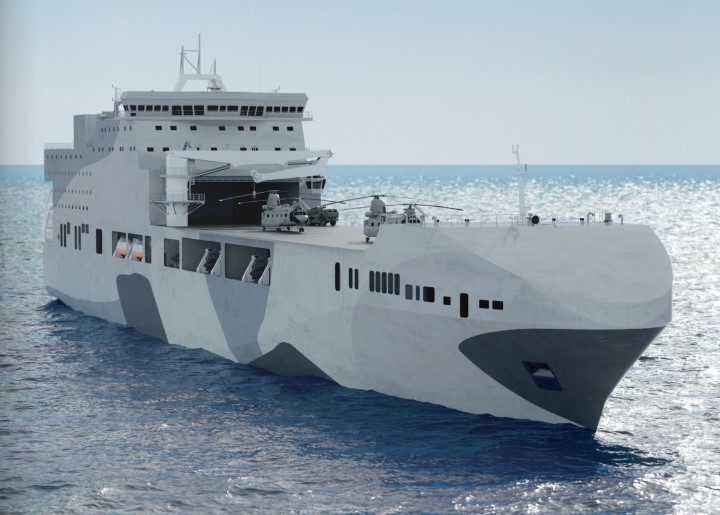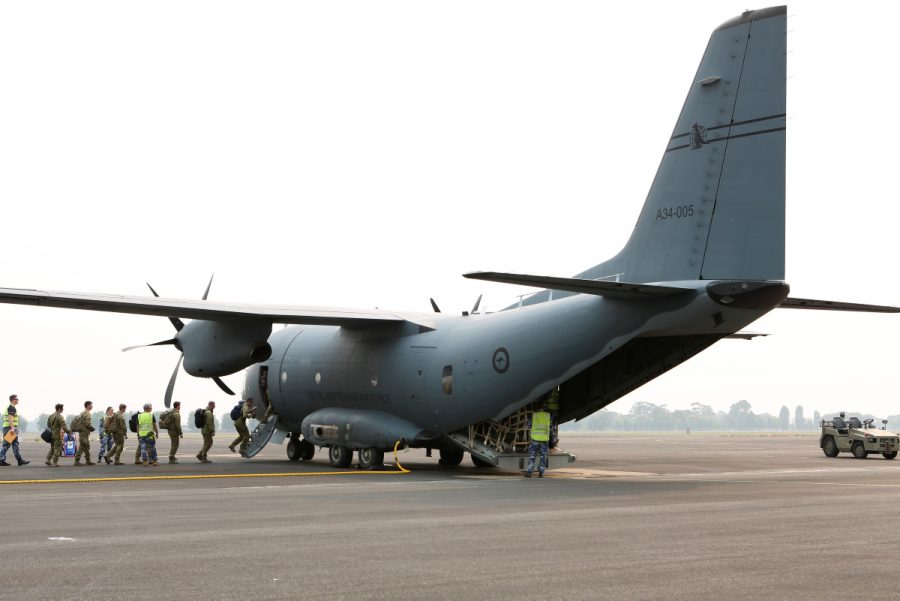As always I start my thought with “I’m not ADF”, so I may not know what I’m talking about,
would it be possible to start with a 2nd hand ConRo (combined ro-ro & container) vessel
and make it a multi-purpose
The top deck could support helicopter operations, wack on a few ex mining dongas, 2 x LCM-1E,
2 helicopters and you could send a Health Support Battalion and Engineers to any Island in the pacific.
PHOTOS VIDEO
would it be possible to start with a 2nd hand ConRo (combined ro-ro & container) vessel
and make it a multi-purpose
- Pacific Support Vessel
- Sea lift ship
- USS Lewis B. Puller (ESB-3) style offshore base
The top deck could support helicopter operations, wack on a few ex mining dongas, 2 x LCM-1E,
2 helicopters and you could send a Health Support Battalion and Engineers to any Island in the pacific.
PHOTOS VIDEO
- Korean Built
- Length o.a. (approx.) 225.0 m
- Breadth moulded 32.3 m
- Draught 8.9 m
- Scantling draught 9.5 m
- DWT (approx.) 26,000 tonnes
- RoRo space capacity 24,800 m2
- Container capacity 364 TEU
- Service speed (85 % NCR and 15 % sea margin) (approx.) 17 kn
- Diesel, Main engine (MCR) 12.500 kW,
- Aux. engines 2 x 1.500 kWe + 1 x 2.200 kW all at 720 rpm
- Shaft generator 2.200 kW
- 2 x heavy lift cranes capable of lifting 240 tonnes.






